COLIN BISHOP, with help from PHIL ABBOTT, looks at the history and current activity
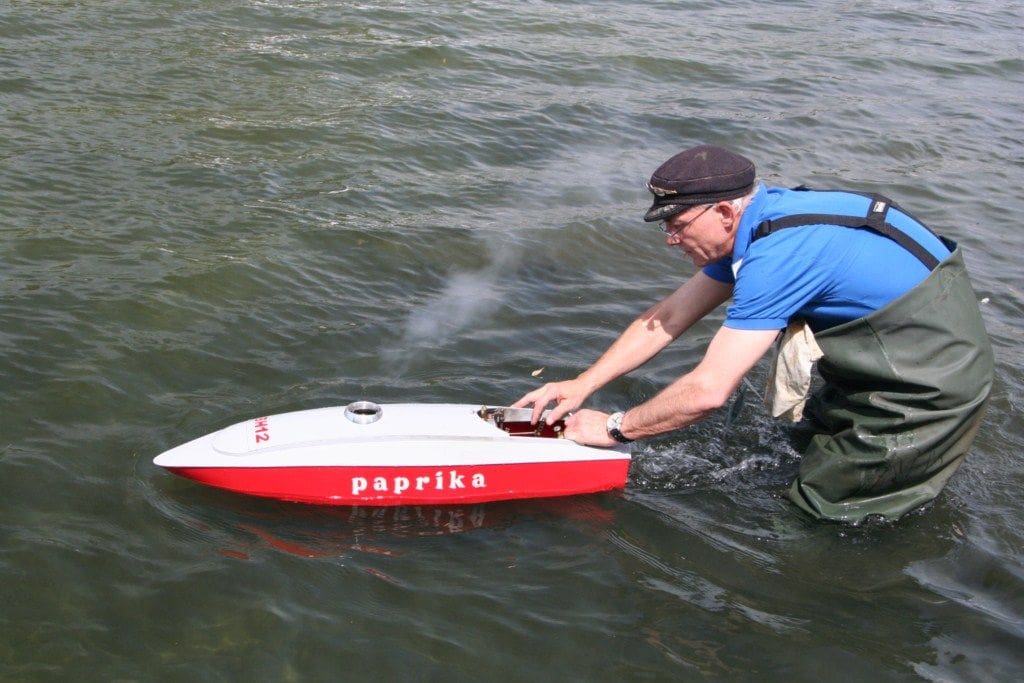
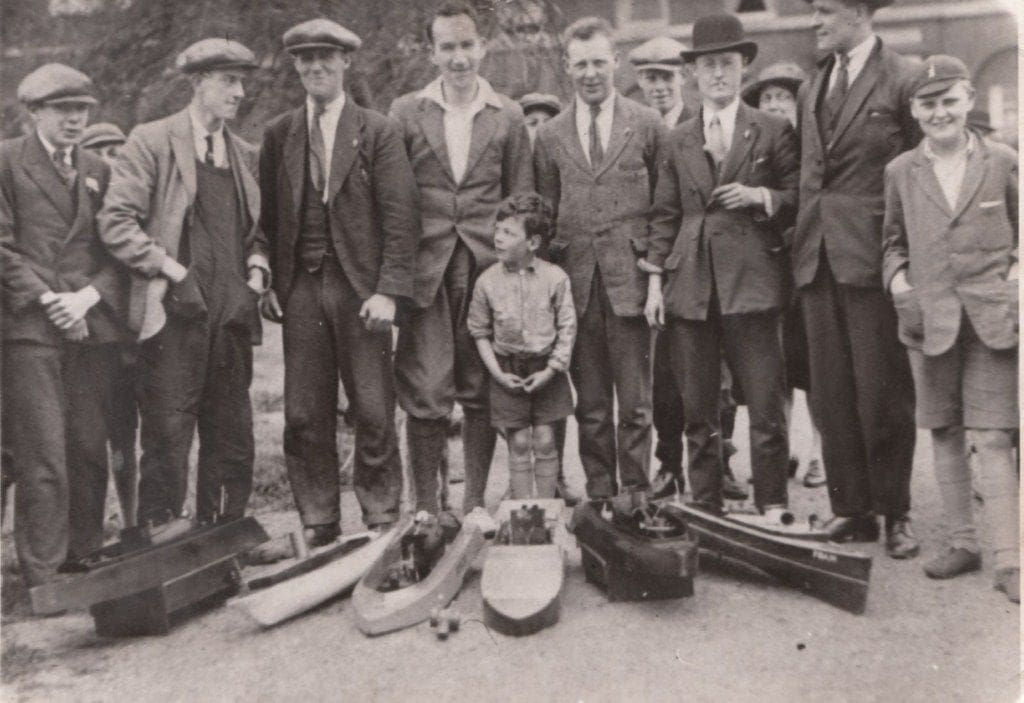
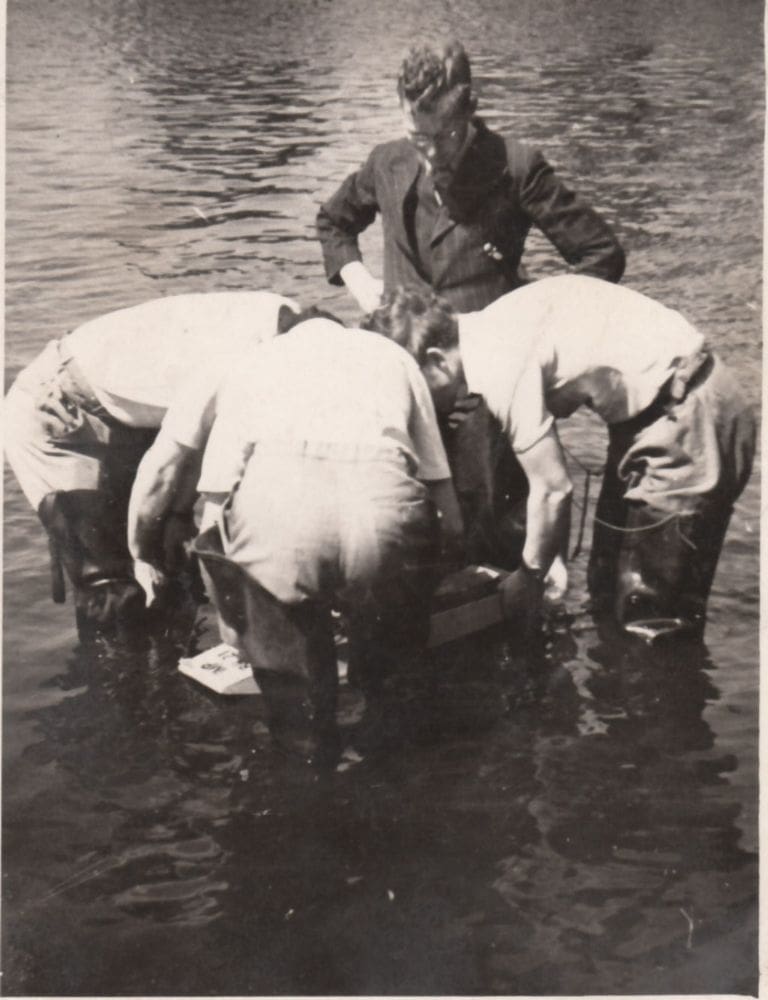
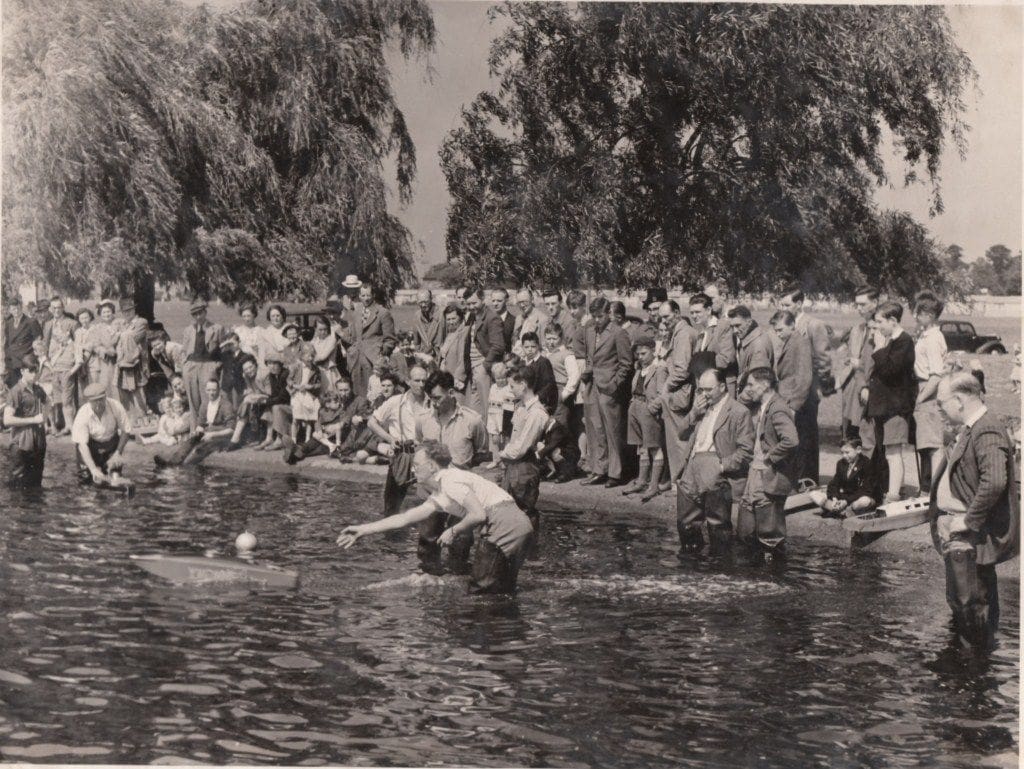
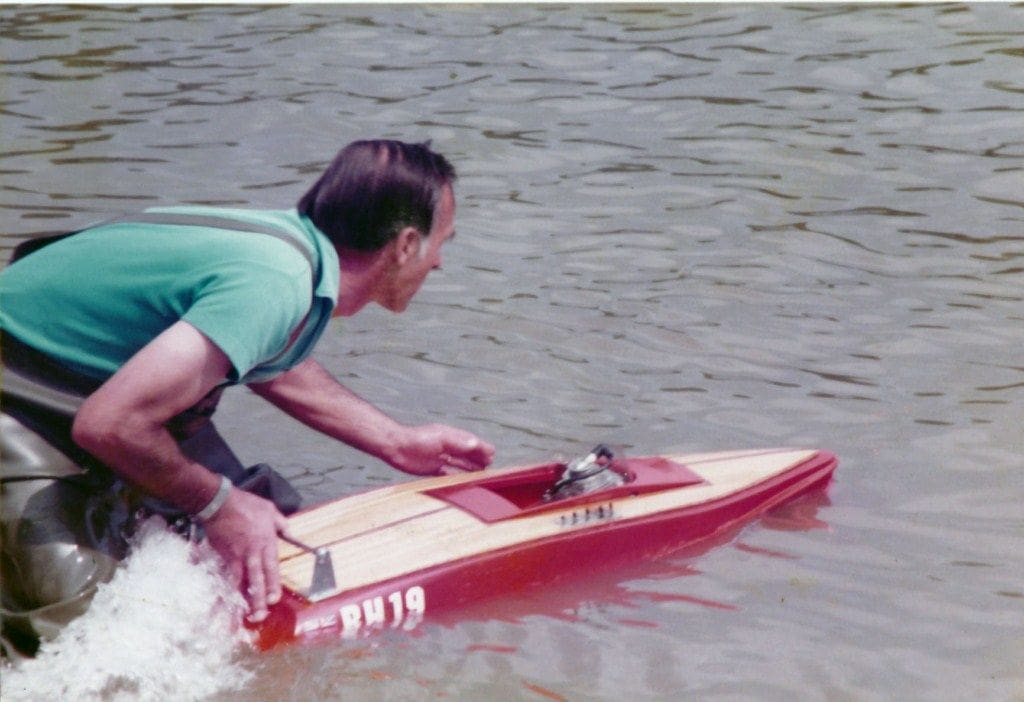
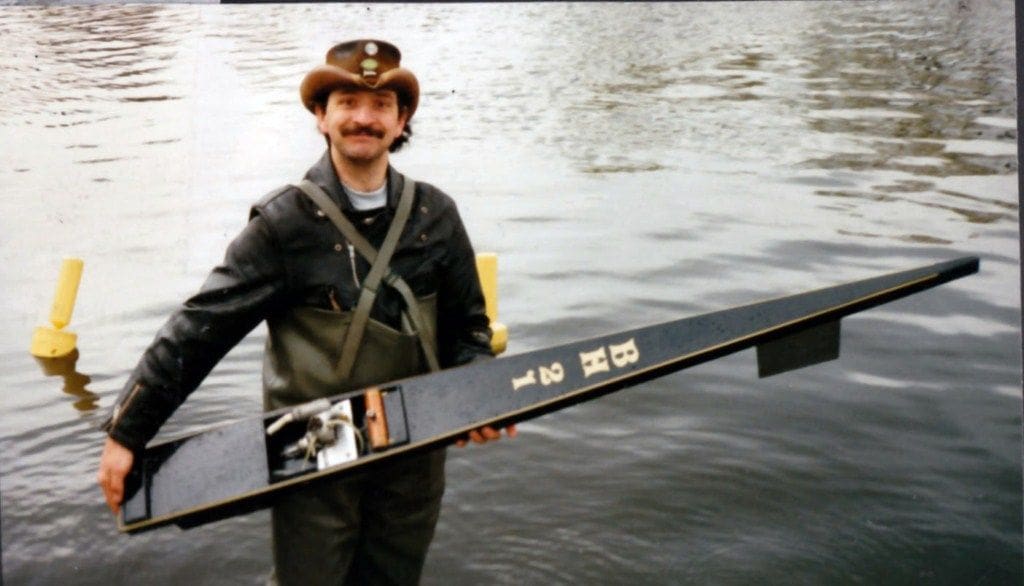
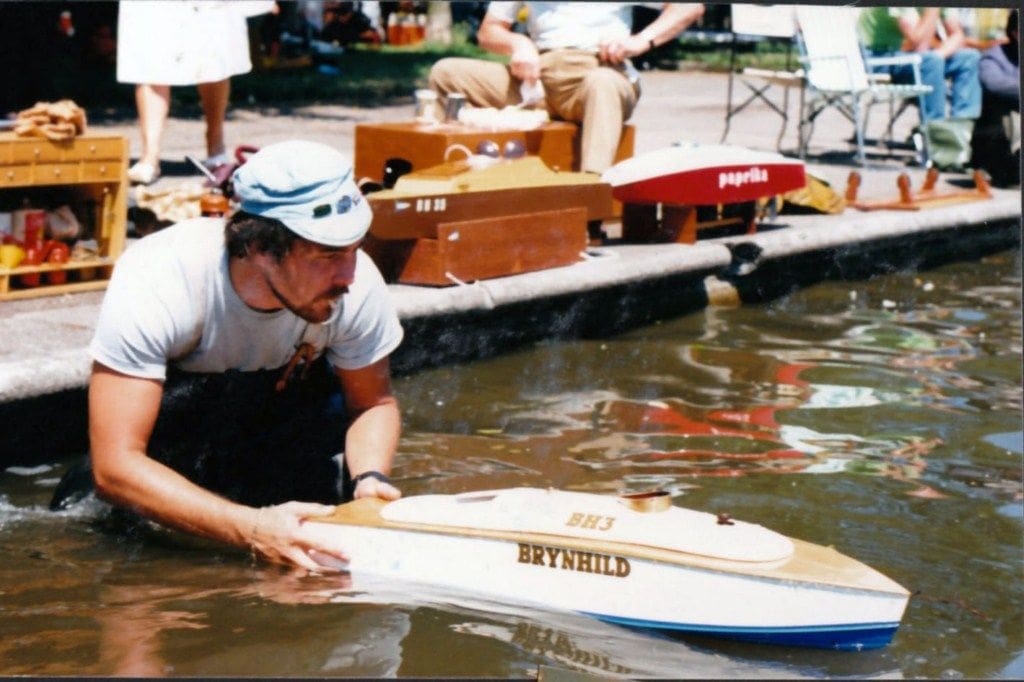
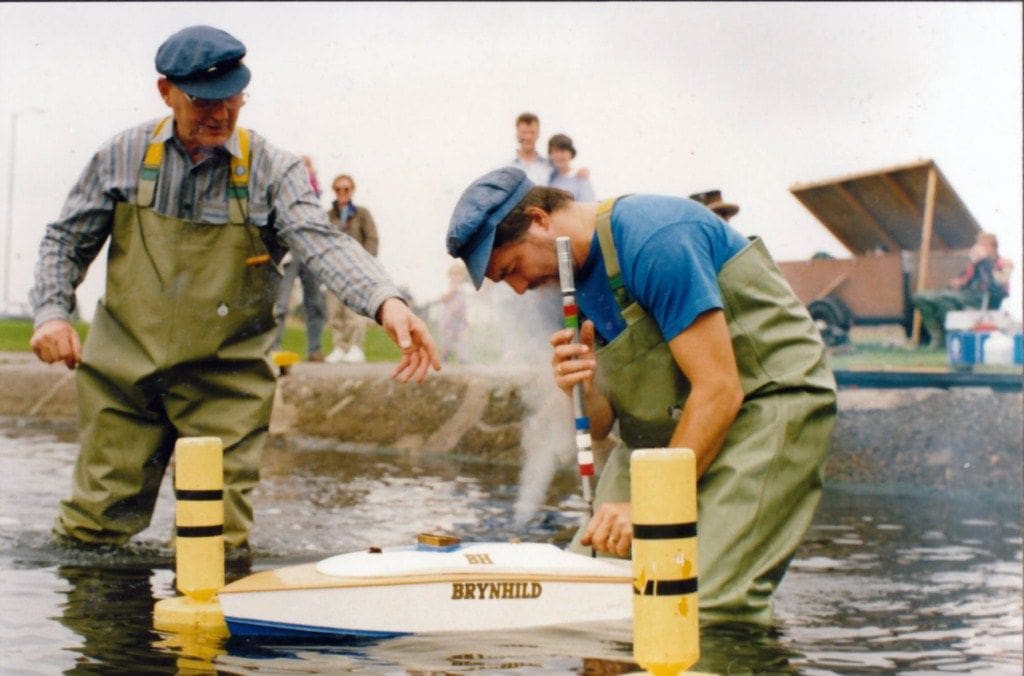
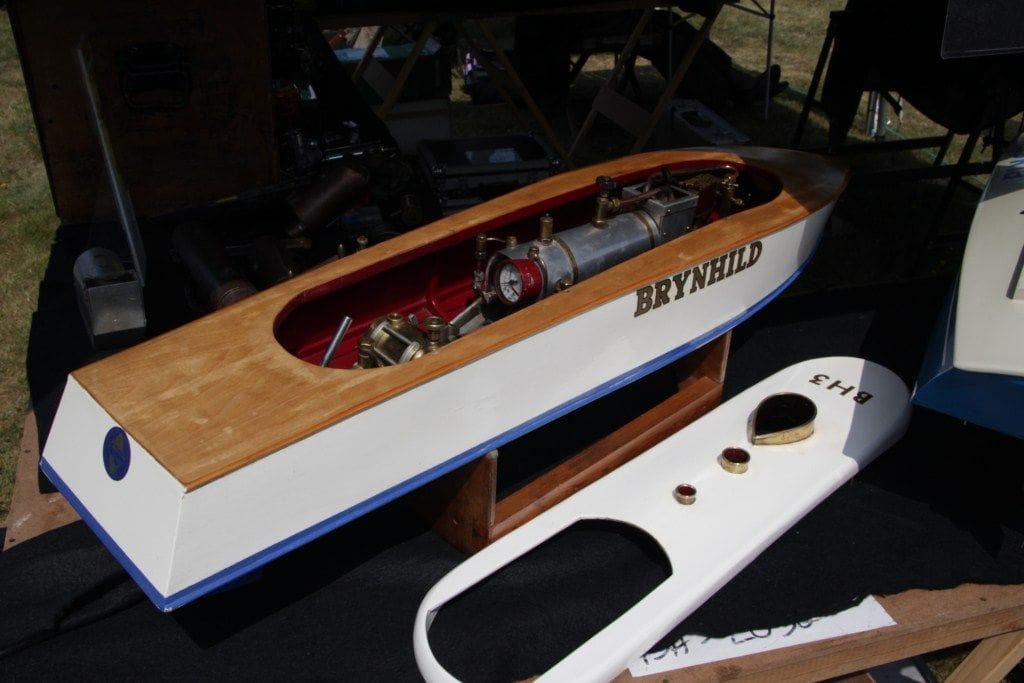
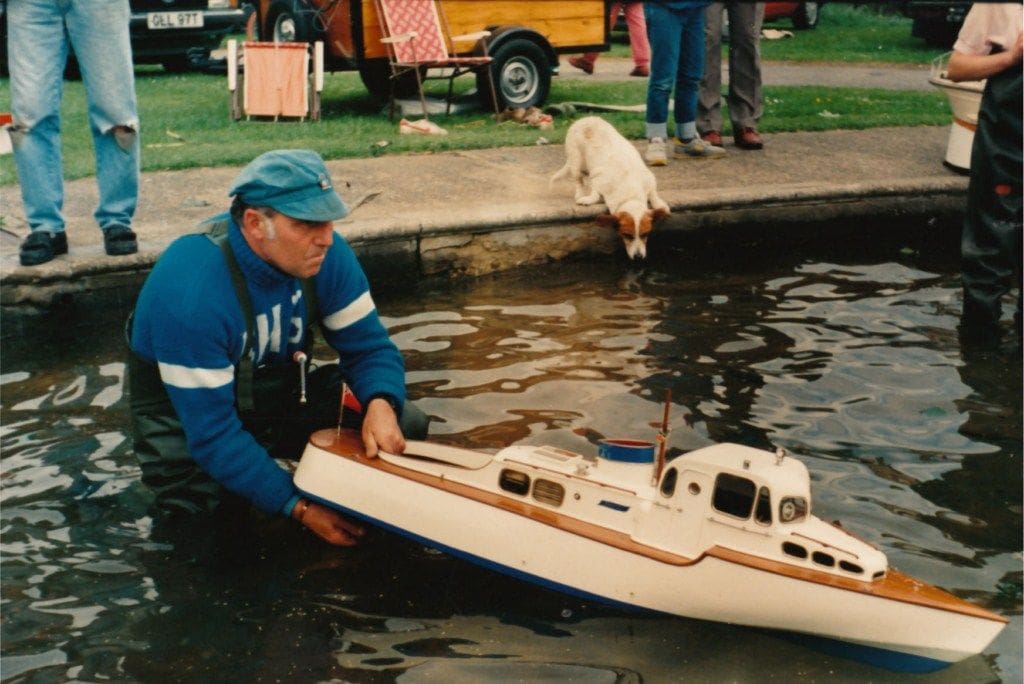
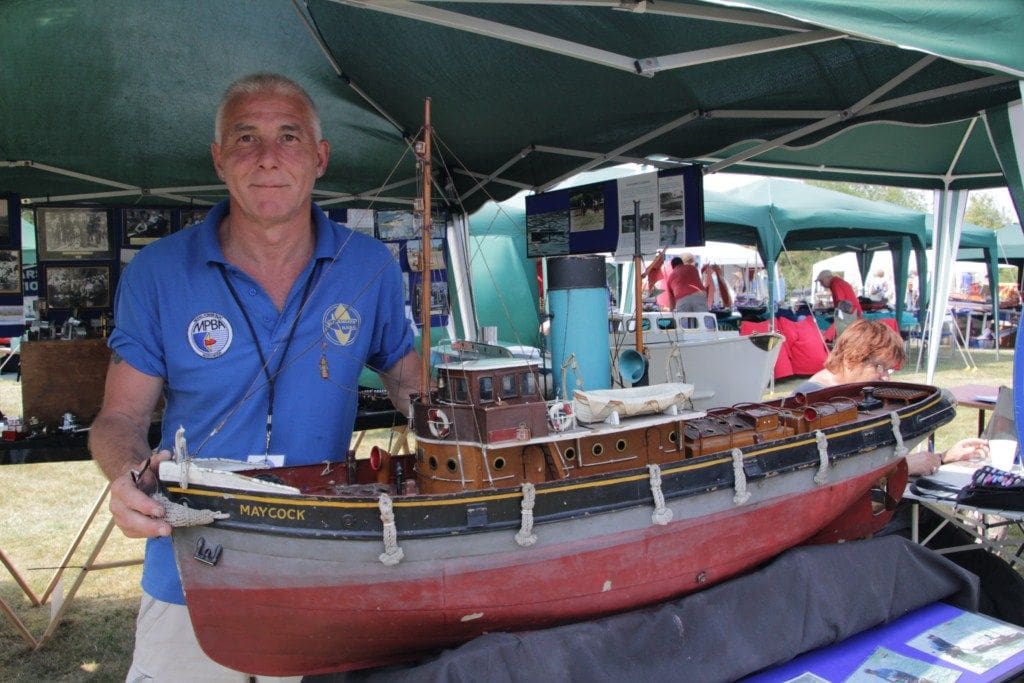
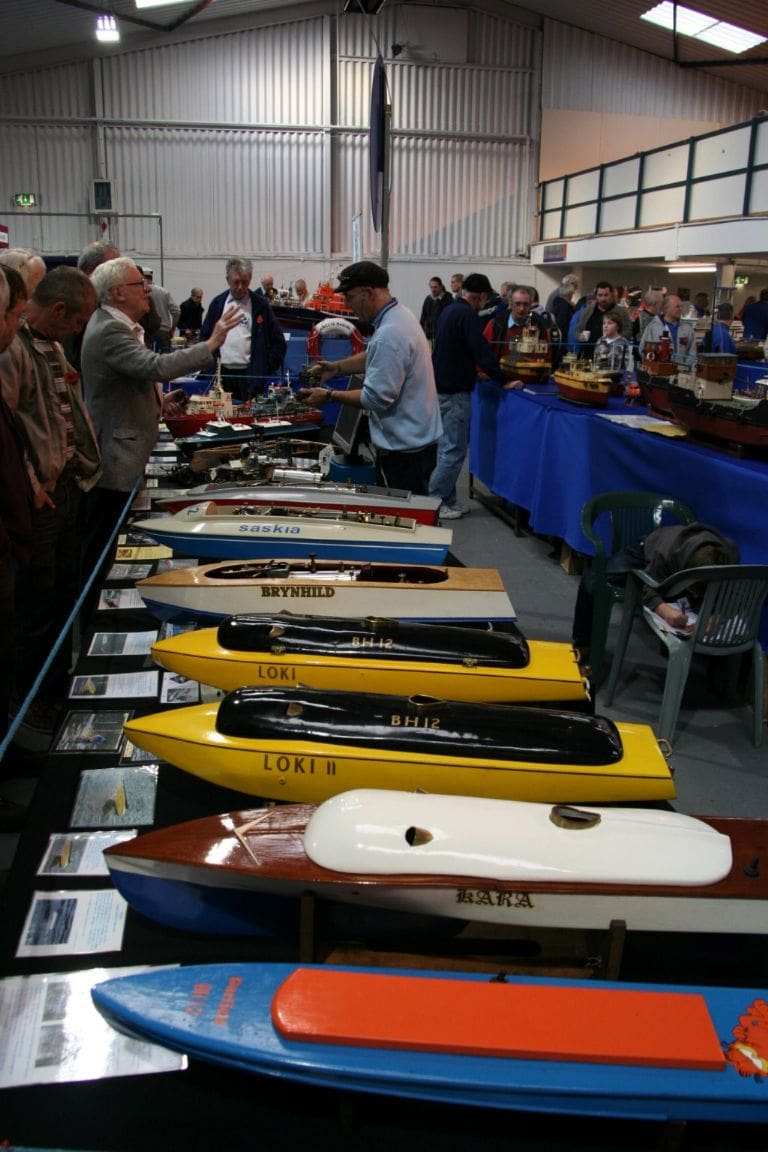
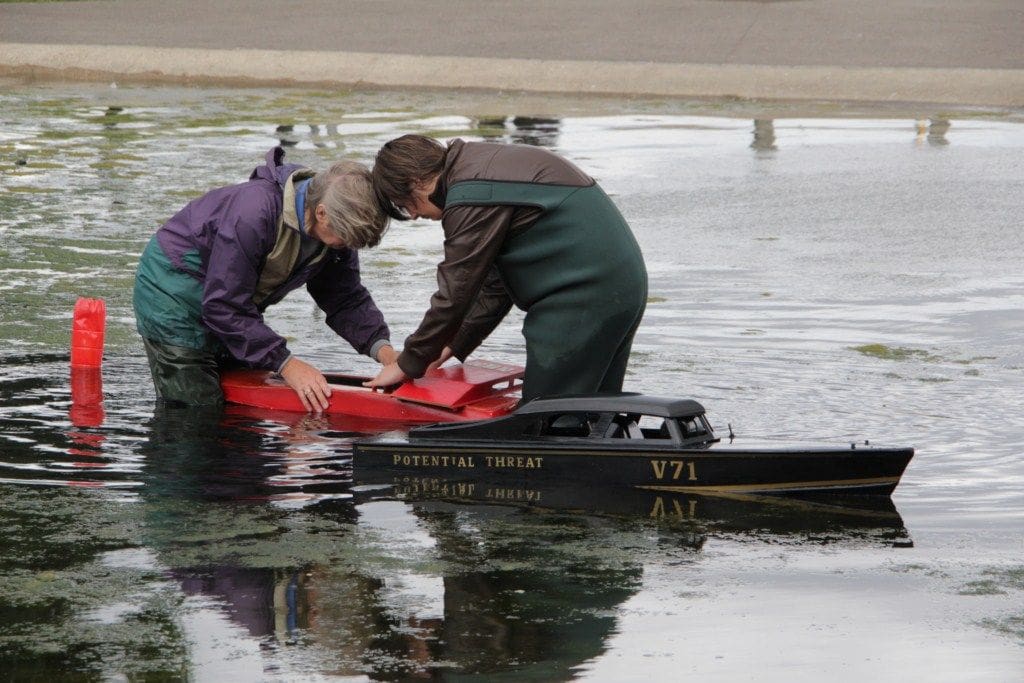
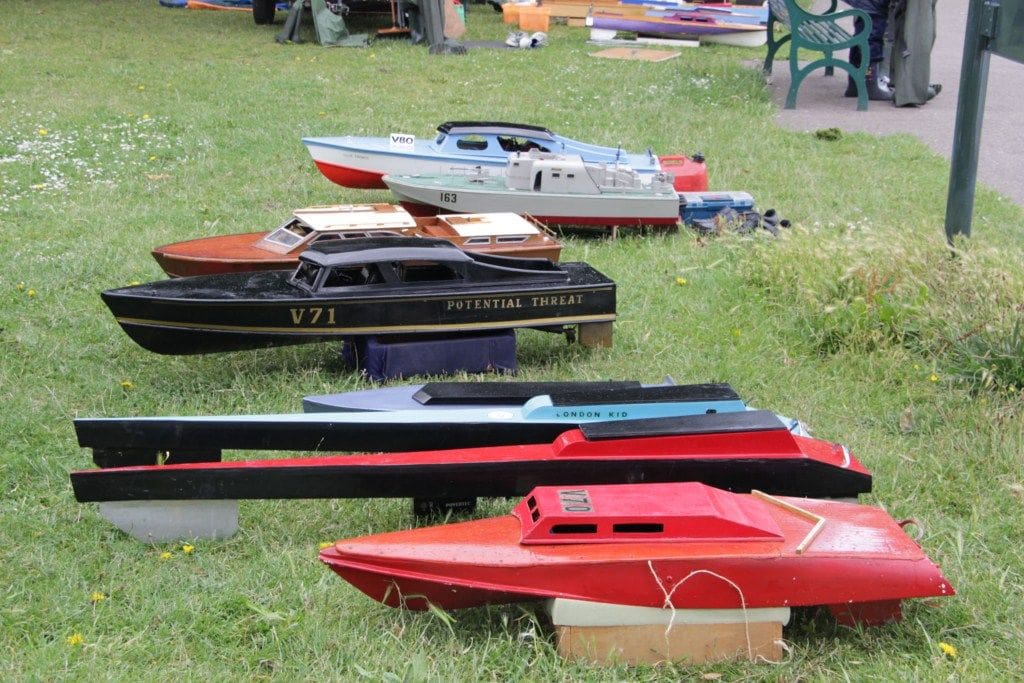
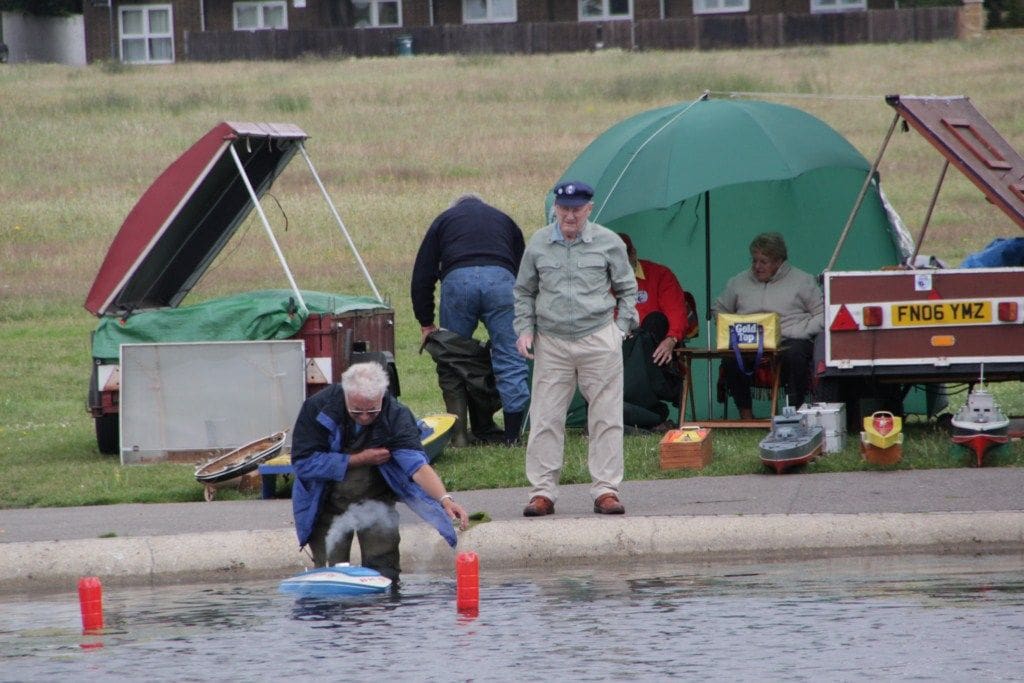
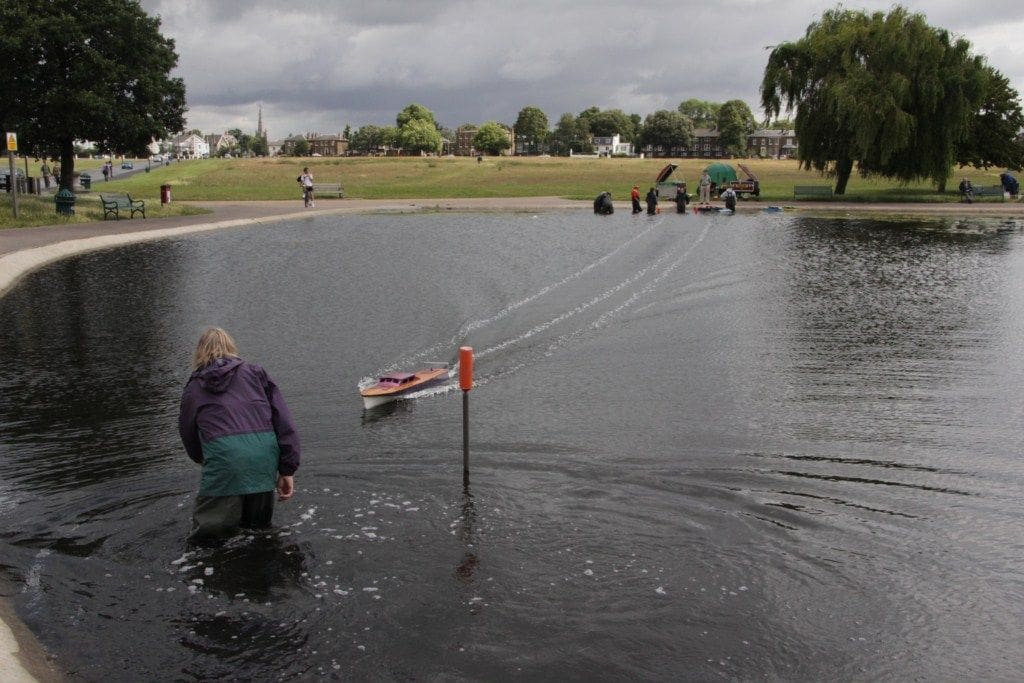
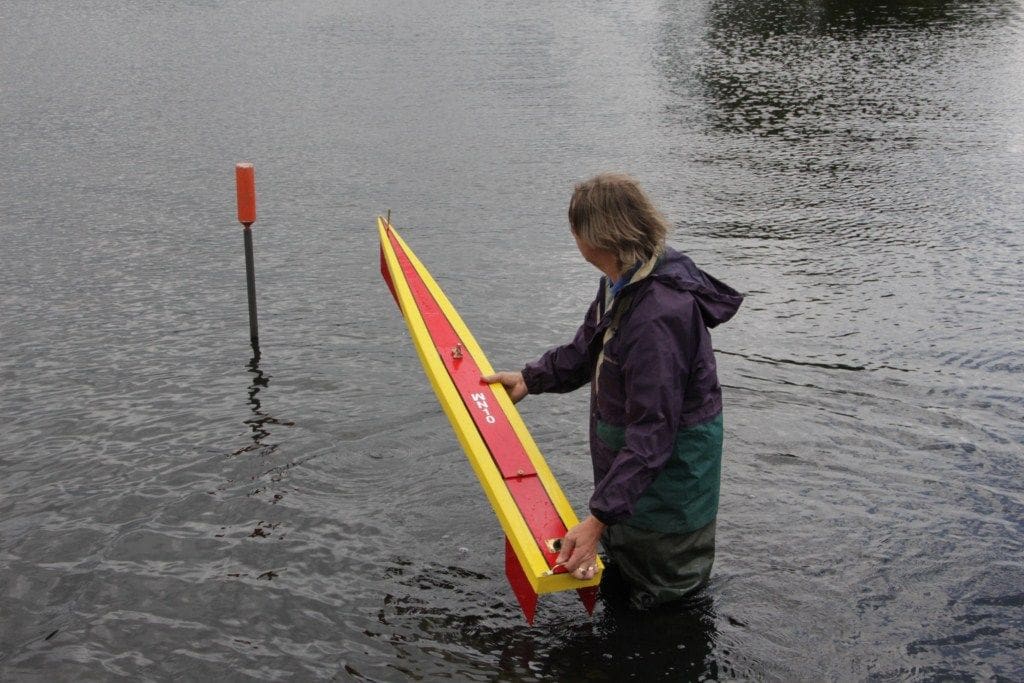
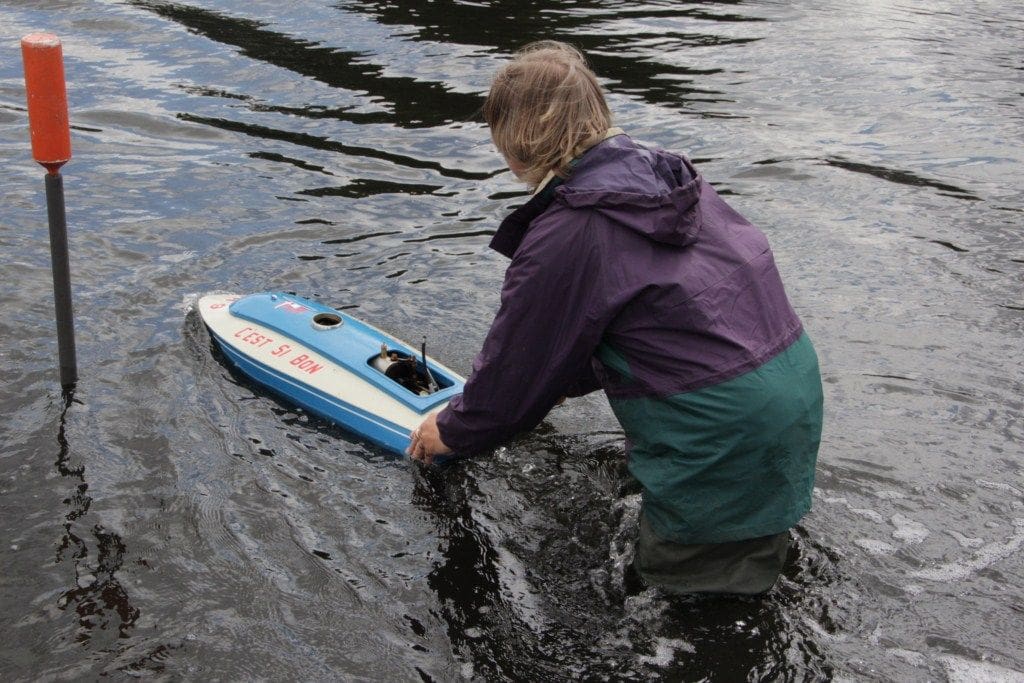
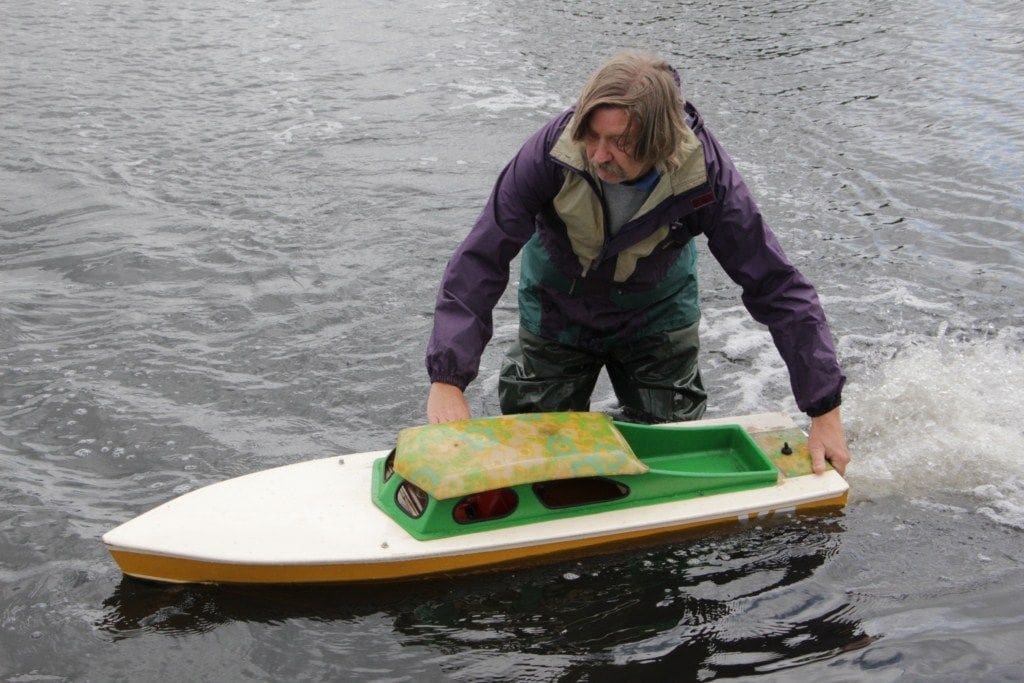
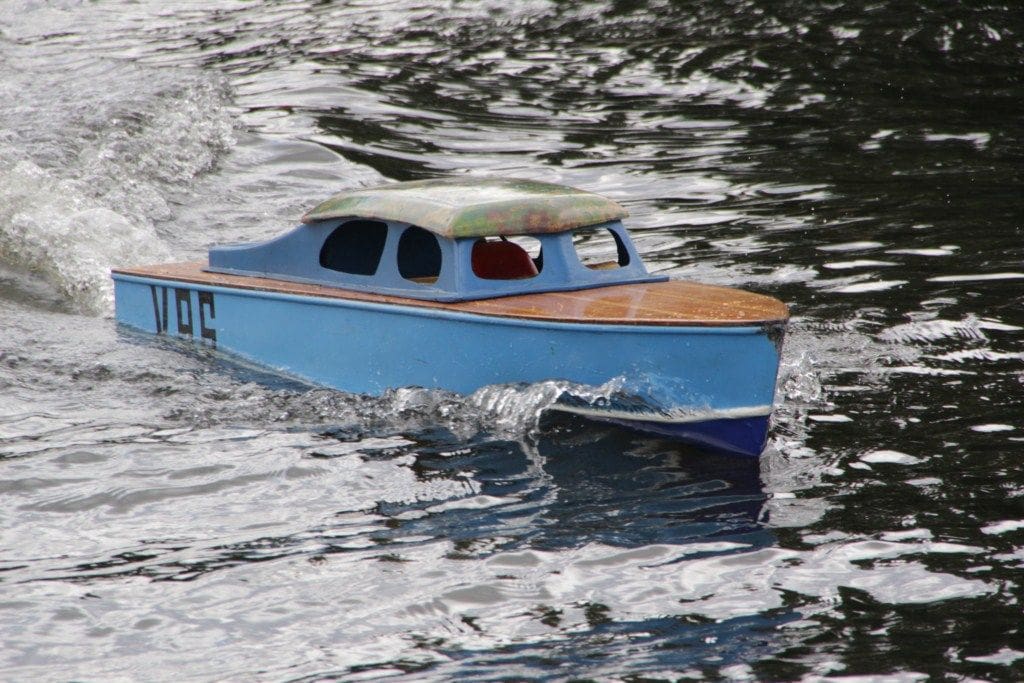
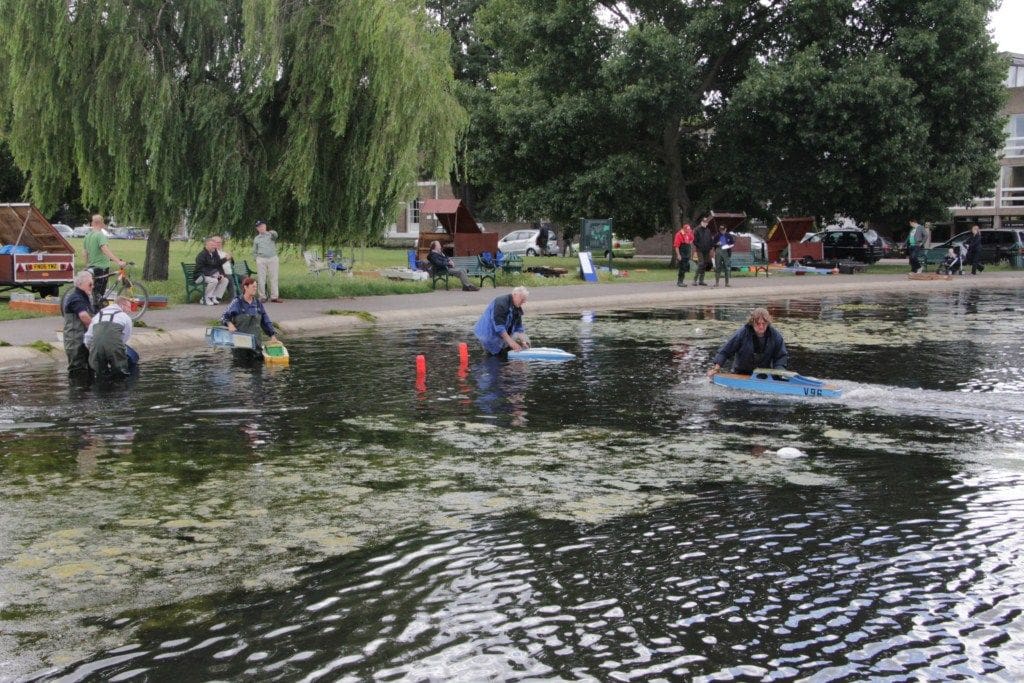
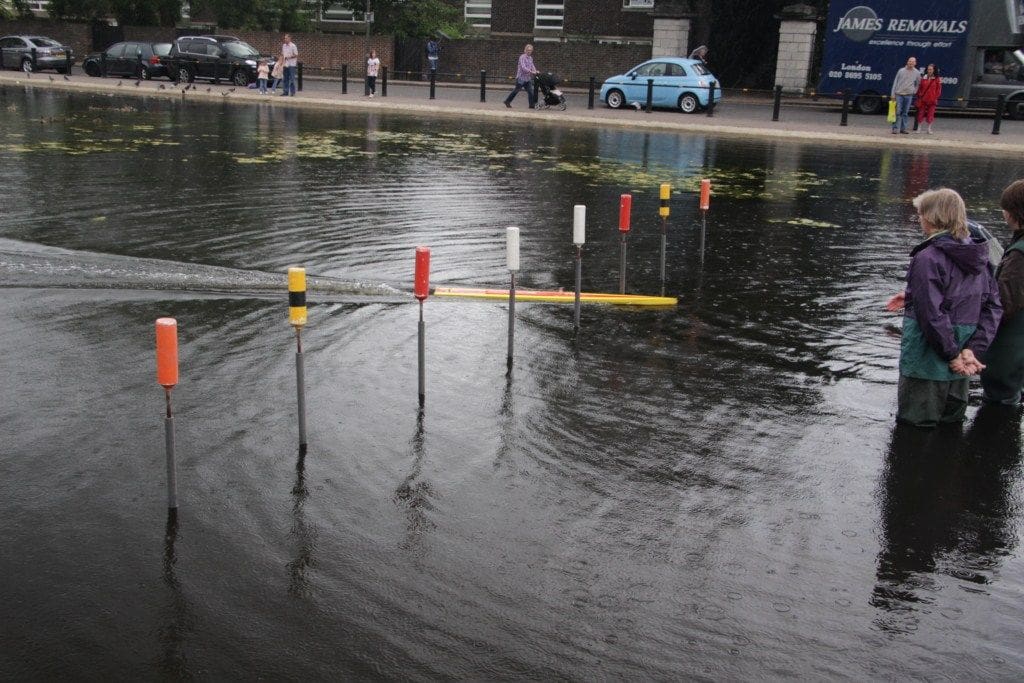
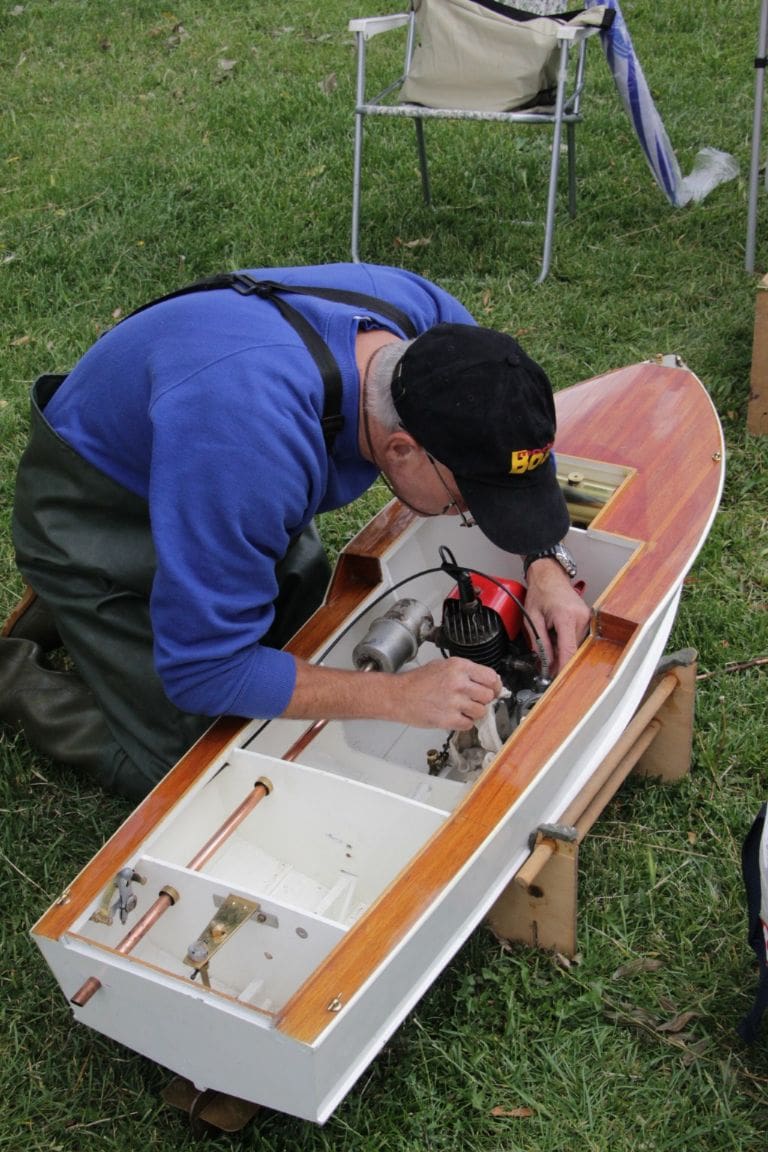
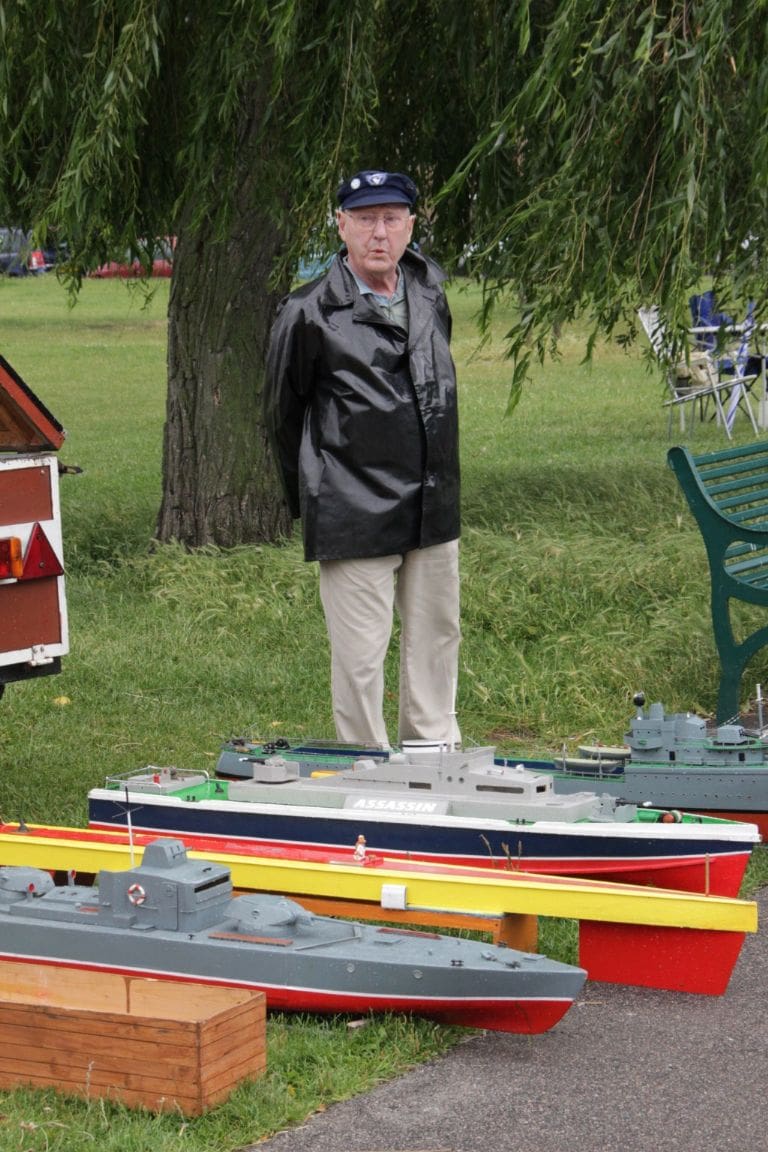
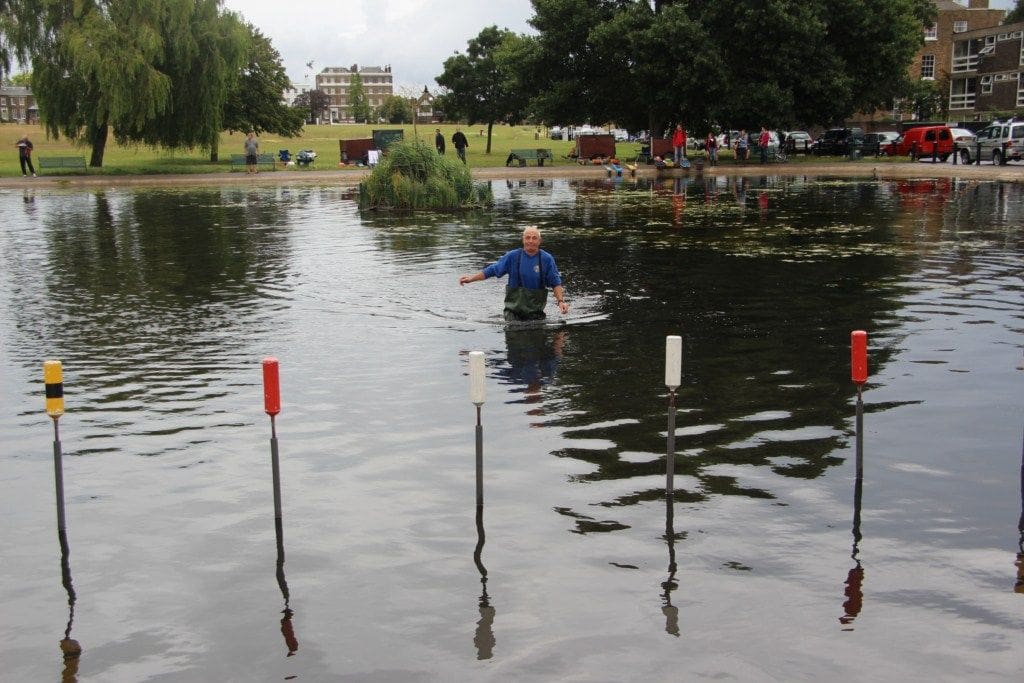
Origins
Although it isn’t really clear just when powered model boats became popular, it is probably fair to say that this would have been in the latter part of the 19th century when miniature representations of full size powered vessels appeared, often as toys rather than ‘proper’ models. Initially power plants were clockwork for the smaller boats and small steam engines for bigger ones, although towards the end of the century the first internal combustion engines began to appear. Most if not all of the early steam and i/c engines would have been built by hobbyists with engineering experience of their full size counterparts. Possibly there was more interest in the engineering than in the boating side in those early days unlike the already established model yachting, where the emphasis was upon performance and sailing qualities.
Enjoy more Model Boats Magazine reading in the monthly magazine.
Click here to subscribe & save.
The yachts of course had an advantage over their powered pond mates as a degree of course control could be exercised by sail settings and by the use of self-steering mechanisms such as Braine gear (and then vane gear later), which used changes in wind pressure to adjust the rudder to bring the boat back to the desired heading if a gust of wind knocked it off course. With a powered model, all you could do was to set the rudder to try and offset the effects of wind and weather, release the boat and hope for the best!
As model yachting became a popular recreational activity in the early years of the 20th century, public model yachting ponds were built around the country to cater for the hobby. Many still exist today, a good example being the Round Pond in Kensington Gardens in London, although some are no longer used for model boating purposes. In fact round ponds were quite common as, with free sailing models, all round access was needed to recover them. The purpose built ponds were also quite shallow, perhaps up to three feet deep, to facilitate recovery of sunken boats yet also able to accommodate full size rowing boats which frequently shared the municipal facilities.
By this time model power boats featured some quite sophisticated steam and i/c engineering, capable of pushing large models along at a decent pace so interest naturally turned to the possibilities of competition. As practical radio control was still some 50 years in the future, the options were a bit limited! The two obvious choices were speed and steering. With speed, the increasing power available meant that free running ceased to become a practical option as stone or concrete banks are unforgiving and this so led to the development of tethered racing exemplified by hydroplanes which can reach extraordinary speeds.
The other opportunity for competition became Straight Running, a sort of model boating equivalent of darts, whereby the object is to aim and release the boat so that it scores a ‘bull’ between a central set of markers on the far side of the pond with lesser scores being recorded for passing between the sets of outer markers. This appears to be deceptively simple, but in fact requires a good appreciation of your boat’s running characteristics and the effects of wind and water conditions.
A little bit of history
Straight running is clearly an addictive pastime as the Abbott family demonstrates. Grandfather Cecil was a leading light in the years preceding WW2 having been a founder member of the Blackheath Club in 1928 and his love of the hobby was passed on to son Ralph, several of whose boats are still run by grandson Phil who currently flies the flag and additionally exhibits his superb collection of steamers and other boats at shows up and down the country. He is also the current chairman of the MPBA Straight Running section. Phil has kindly made available his photos from the family archive which chart the progress of straight running over the years, some of which are reproduced here.
In terms of propulsion, straight running has stayed true to its roots with a strong element of experimental steam and i/c as well as the more recent(!) introduction of new fangled electricity and it is these traditional power plants which account for much of its ongoing attraction.
Straight Running today
The straight running rules have not changed greatly over the years although classes have evolved to accommodate the more functional type of boats such as Wedges. At the moment, the MPBA recognises the following classes:
Wedge: Self explanatory, see photos.
One Metre: Boats with a length of 1 metre but no restriction on beam.
Scale Boats: Must be recognisable as a specific vessel or type.
Scale Ships: Must be recognisable as a specific vessel or type.
(definition and examples of boats and ships are given in the MPBA rules)
Functional: A freelance design not fitting into one of the above categories.
The standard recommended course on the MPBA website is 60 metres with the target markers one metre apart, but Phil assures me that in practice they still operate in ‘old money’ in line with tradition with a 60 yard course and the markers one yard apart. Shorter or longer courses have the markers spaced more closely or widely pro rata. Ten points are scored for passing between the centre markers with nine, eight and seven points applying to the outer markers beyond which no points are scored. Full details of the rules can be found on the MBBA Website: www.mpba.org.uk.
Blackheath, 2011
‘Steamboat Phil’, as he is usually known, very kindly offered to introduce me to today’s straight running by invitation to an MPBA qualifier at the Prince of Wales Pond, Blackheath in July 2011. Conditions were not ideal as the pond had an untypical weed problem and the weather varied between bright sunshine and a respectable thunderstorm which brought out the dogged determination of the straight running fraternity in full measure! I arrived to find about 20 boats of various shapes and sizes at the poolside including one steamer. Casting a watchful eye over the proceedings was veteran Alan Rayman who older readers of this magazine will remember as being well known in the postwar period for his involvement in flash steam design, straight running, tethered hydros and scale boats. Alan joined the club as a lad of 14 in 1936 and so has no less than 75 years continuous membership; they just don’t make ‘em like that anymore! Alan is also well known for his extensive writing on flash steam and other designs in Model Maker and Model Boats during the 1960’s and, together with fellow member John Benson, wrote the standard work on the subject entitled ‘Experimental Flash Steam’ which was published in 1973. The book is still in print from TEE Publishing, website: www.teepublishing.co.uk or it can readily be obtained secondhand on the Internet. Alan has held various posts in both the MPBA and Blackheath Club over many years during which he won a number of prestigious awards and it was an honour to meet this legendary model boater.
The event kicked off with a nomination event whereby contestants had to predict the time taken between releasing their boat until the bow passed through the far markers. Then it was time for the class events which in this instance comprised Wedge, Scale Boats, One Metre, Scale Ships and Functional. As someone who normally runs delicate scale models, I was struck by the sheer physicality of the whole thing. Most of the boats were both large and powerful which were desirable characteristics for an event of this type. The catchers behind the markers have a job and a half on their hands in safely stopping big, heavy models travelling at speed, not forgetting that at the back end there is a large metal propeller spinning at several thousand rpm which could easily take your fingers off in no time at all and not to mention the risks in letting it anywhere near the more vulnerable parts of your anatomy protected only by thin rubber waders!
Not surprisingly, most boats are fitted with a readily accessible on deck means of stopping the motor. Agility is also pretty much essential, since if the boat goes off course it is the only means of preventing a crunching encounter with the concrete bank which did in fact happen several times although with no apparent lasting damage to these tough models.
The weed was frustrating as it drifted across the course and was enough to bring even the biggest models to a stop, but the contestants seemed to take it in their stride and not even several downpours could shake the enthusiasm. It was clear that the general public found the event very interesting and a lot of questions were asked of the participants.
Conclusion
This regatta was one of sixteen straight running events listed in the MPBA 2011 Yearbook across the UK, although some of those at the venerable Victoria Model Steamboat Club (founded in 1904) water at Victoria Park, Hackney in East London have had to be relocated this year due to the lake being drained for maintenance work.
Straight running is one of those activities which is simple in concept and easy to set up, but requires a lot of skill on the part of the participants to achieve consistent success, so it has a lot going for it. Added to this is the opportunity to build and run boats fitted with traditional powerplants, especially flash steam, which would rarely otherwise be seen and which offer sophisticated engineering challenges of their own.
This is not to say that the newcomer cannot participate. Building a Wedge with electric power should be well within the abilities of most aspiring modellers and there is scope to use any type of scale boats or ships although obviously some will be more successful than others. A long thin warship is likely to be more directionally stable than a squat tug, although you never can tell!
So if you fancy a go at this absorbing aspect of our hobby then all the contact and club details are on the MPBA website as noted elsewhere, or of course you could simply adapt the rules and have a fun event at your own club water if it’s not too deep, but don’t forget the waders!




